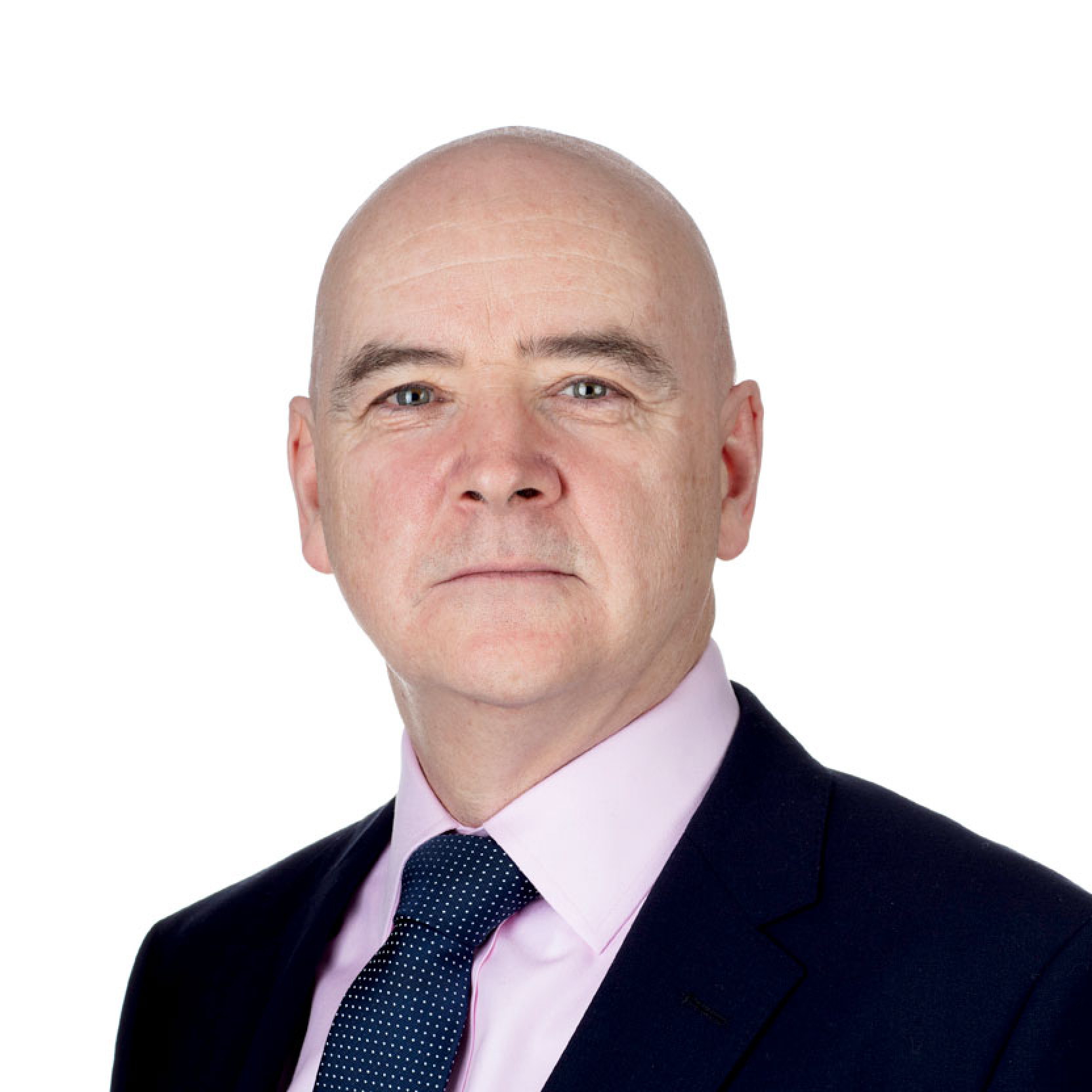Twenty-five years ago, MedTech Startups raised capital on a prototype, developed a basic product and exited on CE Mark approval, frequently with little or no clinical data. There were plenty of potential acquirers, and provided the device worked, early-stage investors could be reasonably confident of some form of exit in 4-7 years. Raising capital was relatively straightforward too, a €500k seed round got you to prototype, a Series A of €3m-€5m got you safely into the clinic and a €10m-€15m Series B might even buy a CE Mark.
Fast forward to today, and the world has changed:
- Devices are more complex, frequently incorporating multiple materials and technologies, and they’re being used to treat increasingly complex conditions, in more cost-conscious settings.
- The regulatory environment is more uncertain, especially in Europe, and reimbursement can remain elusive even years after approval. All that complexity means longer timelines, increased costs, and higher levels of risk.
- Today’s seed round is often the same size as yesterday’s Series A. Today’s Series A is yesterday’s Series B and so on.
Meanwhile, industry consolidation has resulted in fewer buyers and reduced competitive tension. Strategics are buying much later in the development cycle, often requiring regulatory approvals and/or significant levels of clinical data, with the final device, in the target patient population. For some companies, particularly those with accessory devices, evidence of market adoption is often needed as well.
For start-ups, the challenges are greater, and the finish line is further away. They now need to plan and finance beyond the development phase and often well into the commercialisation phase. For some, market entry can be more expensive than the initial product development. Meanwhile, many institutional venture capital (VC) investors have fled MedTech as the road from start-up to exit has, in some cases, become longer and with additional commercialisation risks which can extend beyond a 10-year limited partnership fund. Investors that remain tend to prefer companies at clinical stage or later, often much later. Going further up the chain, VCs are finding it harder to raise capital too. Put simply, the demand for risk capital at all stages vastly exceeds the available supply, placing incredible strain on the innovation engine at the heart of the MedTech industry.
On the bright side, start-ups have largely risen to the challenges:
- The general quality of start-ups is higher than ever. There are still some early-stage funds in the market, who might lead or participate in a seed round, although they’re usually not big enough to go it alone.
- Across the EU, early-stage funds tend to be regionally focused and often generalist funds.
- In Ireland, they typically invest with individual investors and syndicates, Enterprise Ireland, and Western Development, often alongside grant funding.
Series A is tough. Even companies with strong teams, significant seed equity and non-dilutive financing, clinical data and well-developed plans are struggling to raise institutional capital. Putting in the work, taking advice early and, crucially, being realistic on valuation, can improve a MedTech company’s chances of success.
Ireland has a huge competitive advantage in MedTech built on decades of stable government policy on foreign direct investment and education. Although we lack Silicon Valley’s climate and capital, we punch well above our weight in areas like science, engineering, innovation, management capability, support services and capital efficiency. Attracting more risk capital to the island is a strategic imperative.
Goodbody is playing its part by engaging early and helping MedTech companies prepare and position for institutional investment. We work with international companies from late seed stage through exit, refining the investment proposal, working through issues, and helping to build out the value proposition by supporting the team, sharpening strategy, and preparing for diligence. With offices in London and Dublin, and as a member of the World M&A Alliance, we leverage our global network to find investors, and negotiate and complete transactions.
